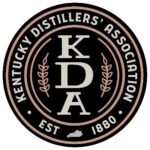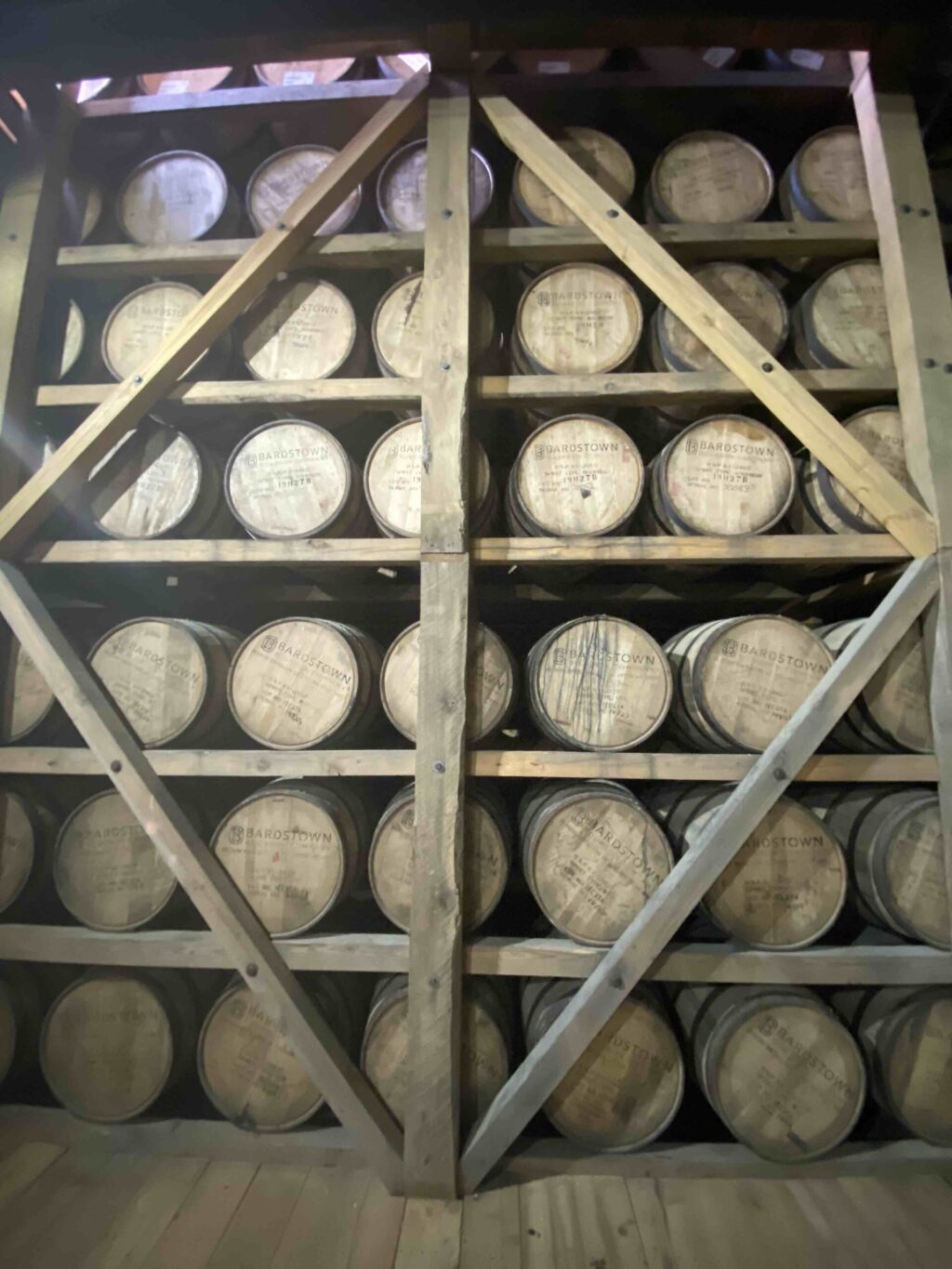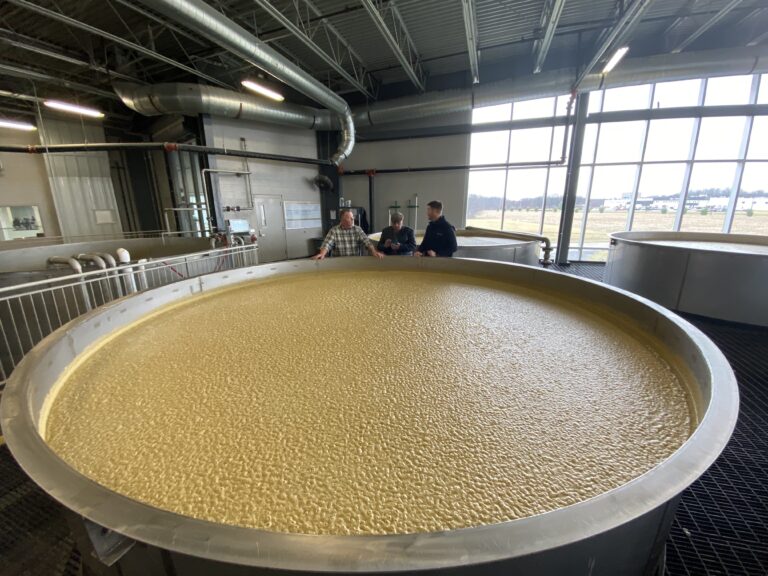
2023 Analysis and 2024 Prognostications
As Charles Dickens once asked, “Do you want the good news first, or the bad news first?”
Well, those weren’t his exact words. But you could ask the same question when talking about the state of the union in the bourbon industry. There is plenty of both good news and bad as we start the new year.
The good news is that bourbon production, inventory, and tourism are all at record-level highs. The bad news is that taxes, tariffs, and historically-high production costs mean greater prices than ever for the bourbon consumer.
And that’s just at suggested retail prices. Don’t get me started on the ridiculousness of the flippers and the secondary market. (That’s a story for another day).
Of course, bourbon can be made anywhere in the United States, but 95% of it comes from Kentucky. So, as the Bluegrass goes, so goes most of the bourbon industry. When the Kentucky Distillers’ Association (KDA) released its annual “Kentucky State of Bourbon Report” at the end of the year, the glass was both half full and half empty for bourbon enthusiasts.
Distillers have to pay a property tax each year on every barrel of whiskey as it sits aging in a rickhouse. Local governments in Kentucky use those barrel taxes to fund a lot of police, fire, EMS, and school services.
Good news for the bourbon industry came in 2023 when the Kentucky Legislature passed House Bill 5 into law to phase out barrel taxes over the next 20 years. As KDA President Eric Gregory said, “…to reign in the ever-growing discriminatory barrel tax.”
There has been growing concern that bourbon growth would move to other states, where a barrel tax doesn’t exist.
“This year’s numbers are more of the same - steady production growth met with an immense barrel tax liability. But now, with a plan in place to phase out the tax, distillers are looking far into the future right here in Kentucky rather than elsewhere."
Frank Jemley, President of the Kentucky Association of Manufacturers.
Of course, the local communities that are home to the distilleries will have to replace that money over the next two decades. Watch for even more “not in my backyard” reactions from communities as distilleries want to expand distillery production and warehouses around the Commonwealth.
To Tariff, or Not to Tariff
For you economists following at home, let’s now take a more macro look at the bourbon industry worldwide. There’s good news (for now) on an increase in tariffs imposed by the European Union (EU) on American whiskey, but they still loom on the horizon. The EU was set to double tariffs to 50% this week, but recently announced a 15-month delay. This fight started when the Trump administration imposed tariffs on EU products being sold in the U.S. Prior to that, the U.S. and E.U. had “enjoyed duty-free access to each other’s markets for more than two decades,” according to the KDA.
Calling the tarriffs “retaliatory,” KDA President Gregory said, “We strongly urge E.U. and U.S. officials to permanently end the tariffs sooner than later.” For now, as the modern bourbon renaissance continues, don’t expect to find any major bargains the next time you scan the aisles of your favorite liquor store.
That’s a quick look at the current economic state of the bourbon union. For a look ahead to what we might expect in the new year, I turned to a few of my fellow Whiskey Network staff writers. Read their 2024 whiskey prognostications below.
Here’s wishing you a wonderful new year of bourbon drinking and reading.
Kentucky 2023 Bourbon Quick Facts
22,500 Jobs
$1.23 Billion Payroll
$9 Billion Economic and Tourism Impact
475% Production Increase
12.6 Million Barrels Aging
$285 Million State and Local Taxes Paid
$1.8 Billion in Federal Alcohol Taxes Paid
2.1 Million Distillery Visits in 2022 (370% Increase)
Source: Kentucky Distillers’ Association
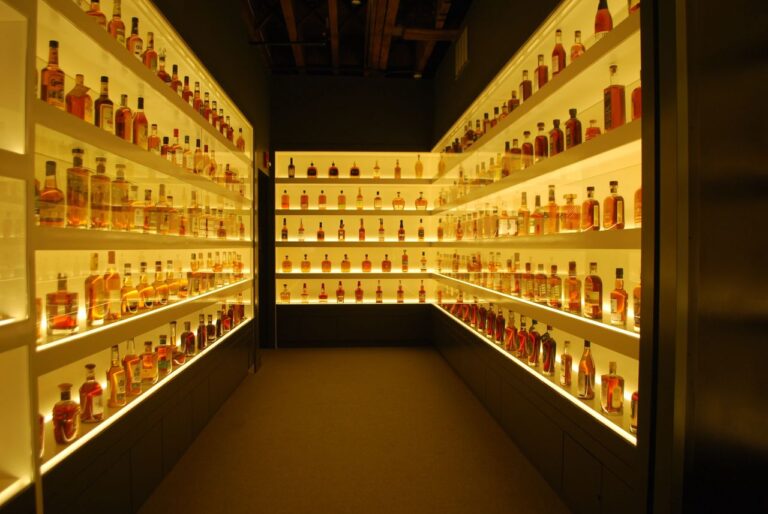
2024 Prognostications: Prices Rise, Availability Sparse
Daniel Rundquist, Whiskey Network Staff Writer
- Spirit prices will continue to rise due to several factors. Demand continues to increase both domestically and globally which will put moderate pressure on supply. The oak barrel shortage will start to affect the entire production chain of bourbon, Scotch, and Irish whiskey, along with others. Currency inflation will continue to drive higher pricing on all commodities as it will require more diluted dollars to purchase the same goods and services. There will also be upward pressure on prices due to weather-related failures in the malted barley harvest. So, unless demand for whiskey falls off, there’s nowhere for prices to go but higher.
- Availability of some higher end and limited release items may become a bit sparser in local areas. It will be no longer wise or feasible for local retailers to carry more of the high-end spirit. The local economy can’t support high-end purchases and the items are really only targets for theft.
- The trend for “single barrel,” “barrel proof,” and other unique and limited releases from distilleries will continue to advance. These ultra-premium offerings have proven to be an effective marketing tool. The products are being snapped up by a thirsty and savvy consumer base. These consumers crave authenticity and when carefully placed on the shelves in the right markets, these items are category winners.

2024 Prognostications: More Independent Bottling
Nate Barlow, Whiskey Network Staff Writer
- With access to (affordably priced) casks of single malt Scotch dwindling for independent bottlers, there will be unprecedented growth in independent bottlings of other styles of whiskey. The same conditions will also drive growth in quality blended malts and blended Scotch whiskey.
- Distilleries will look to the past as much as to the future, with further explorations of lost whiskey styles and heritage grains.
- “Farm-to-flask” will be the buzzword term as a sizable percentage of distilleries focus on being hyper-local.
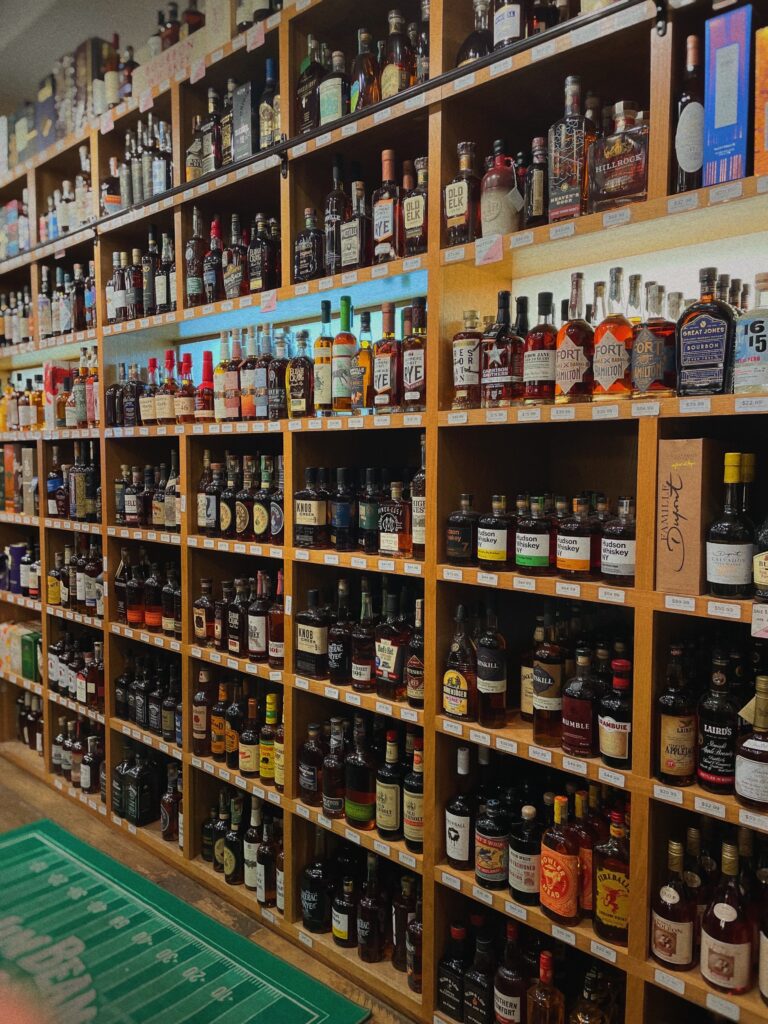
2024 Prognostications: More Cocktails and NAS Whiskey
Mark Pruett, Whiskey Network Editor:
- Cocktail culture will continue to gain critical momentum and have a positive impact on whiskey. Consumers will be drawn to premium whiskeys being used and want to explore them further.
- The market for NAS whiskey will grow. Whiskey companies will begin to pare down the variations in age stated expressions. There is considerable saturation in the aged-stated market, but flavors are taking priority over age related benefits.
- The market will continue to see growth in the number of luxury whiskey offerings, but the future market viability is questionable. As the luxury space is flooded with higher priced offerings, consumers may seek price sensitive alternatives in a down economy.
